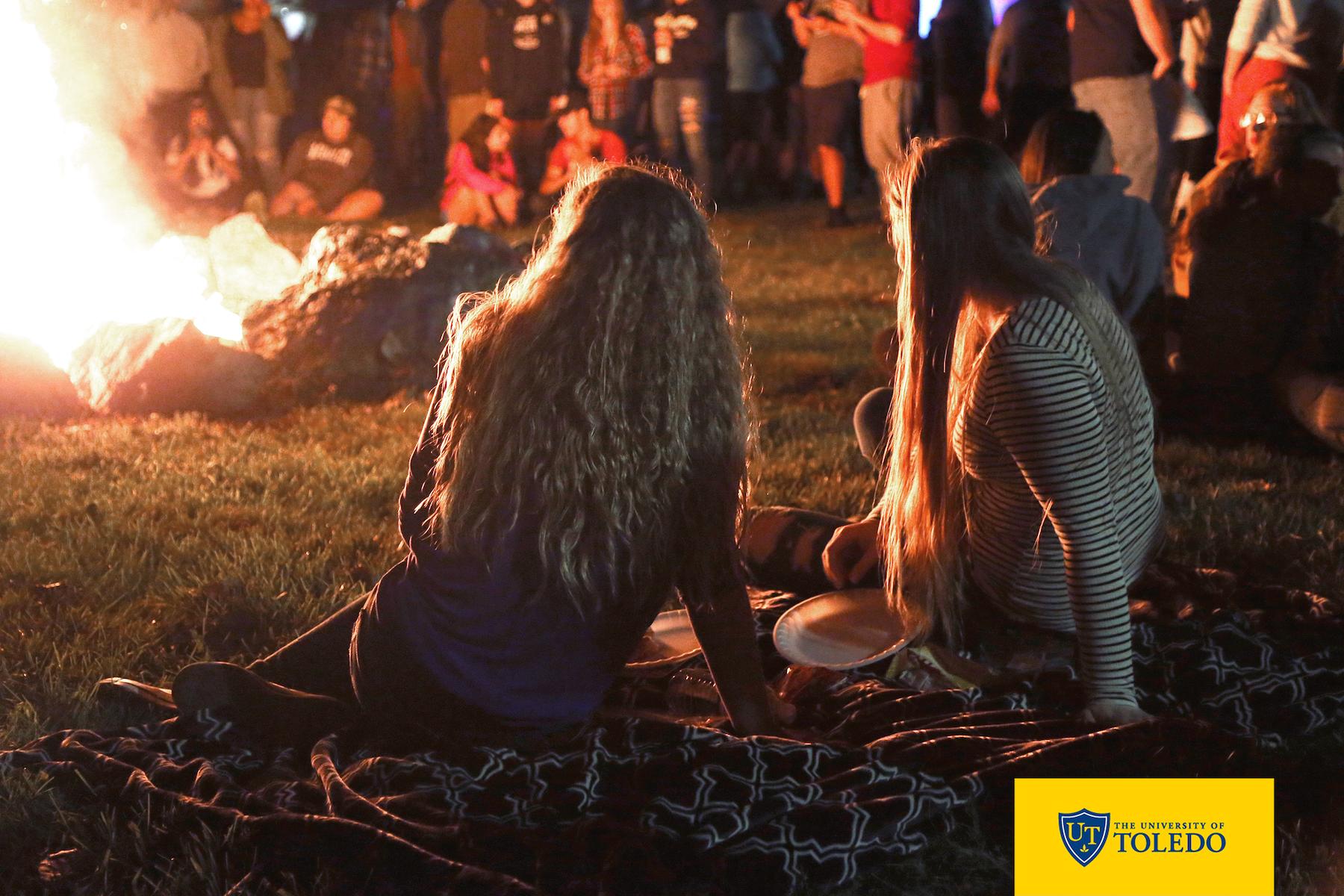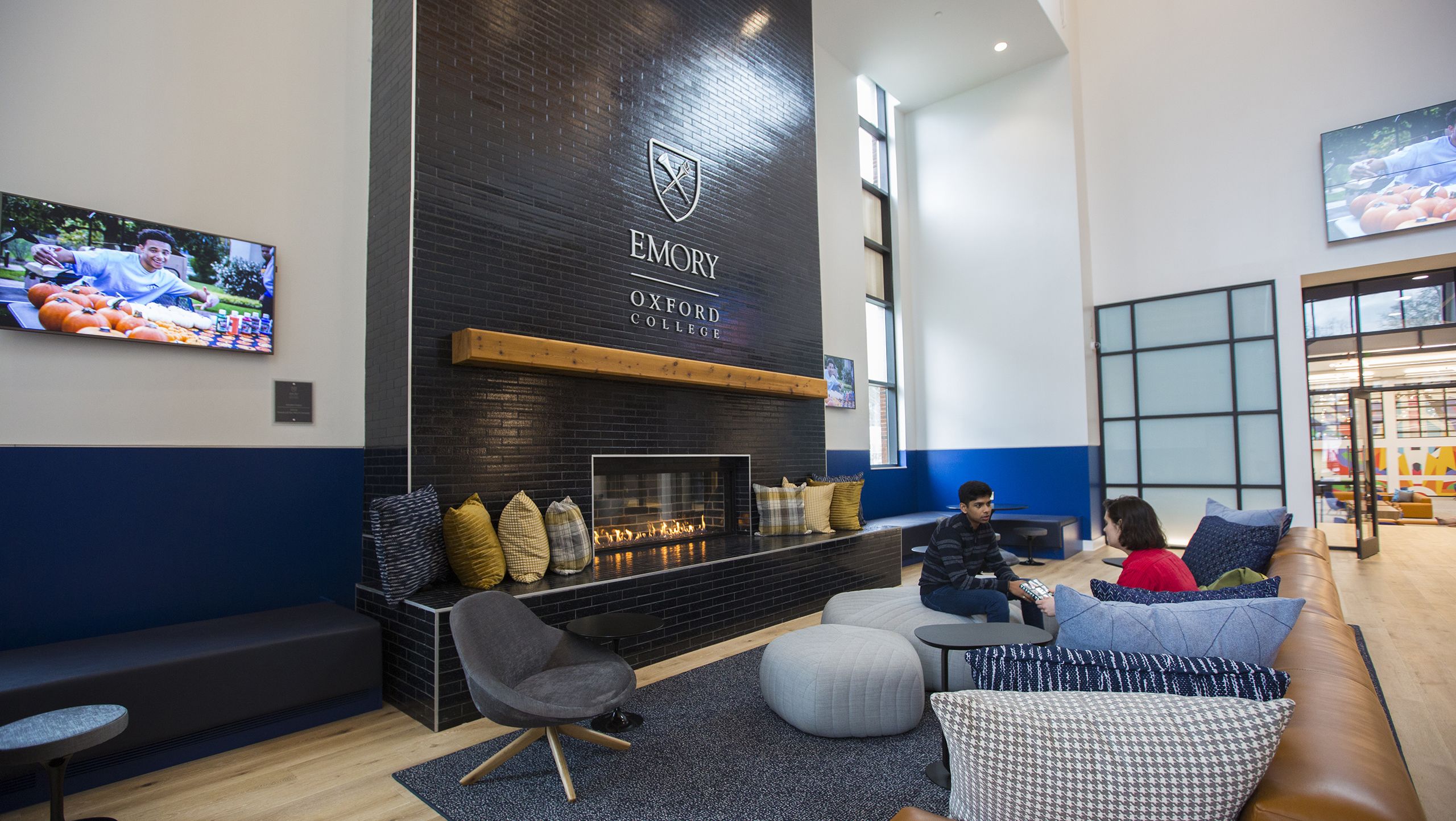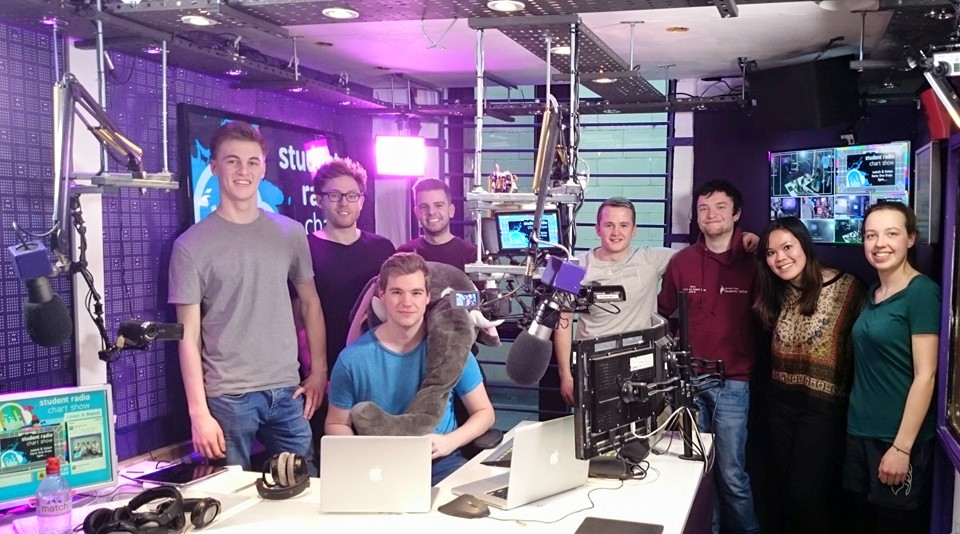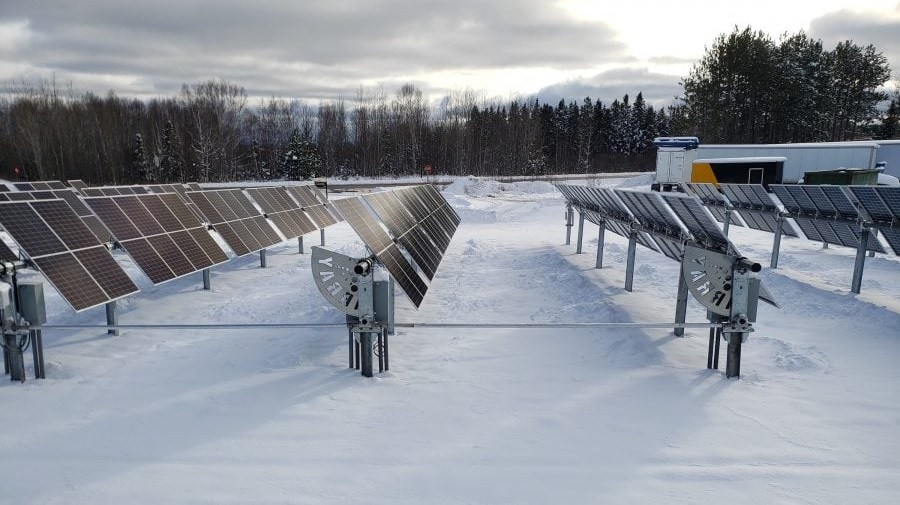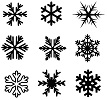The Elephant in the Brain
- Home Page 41

Fish and Chips and the British Working Class
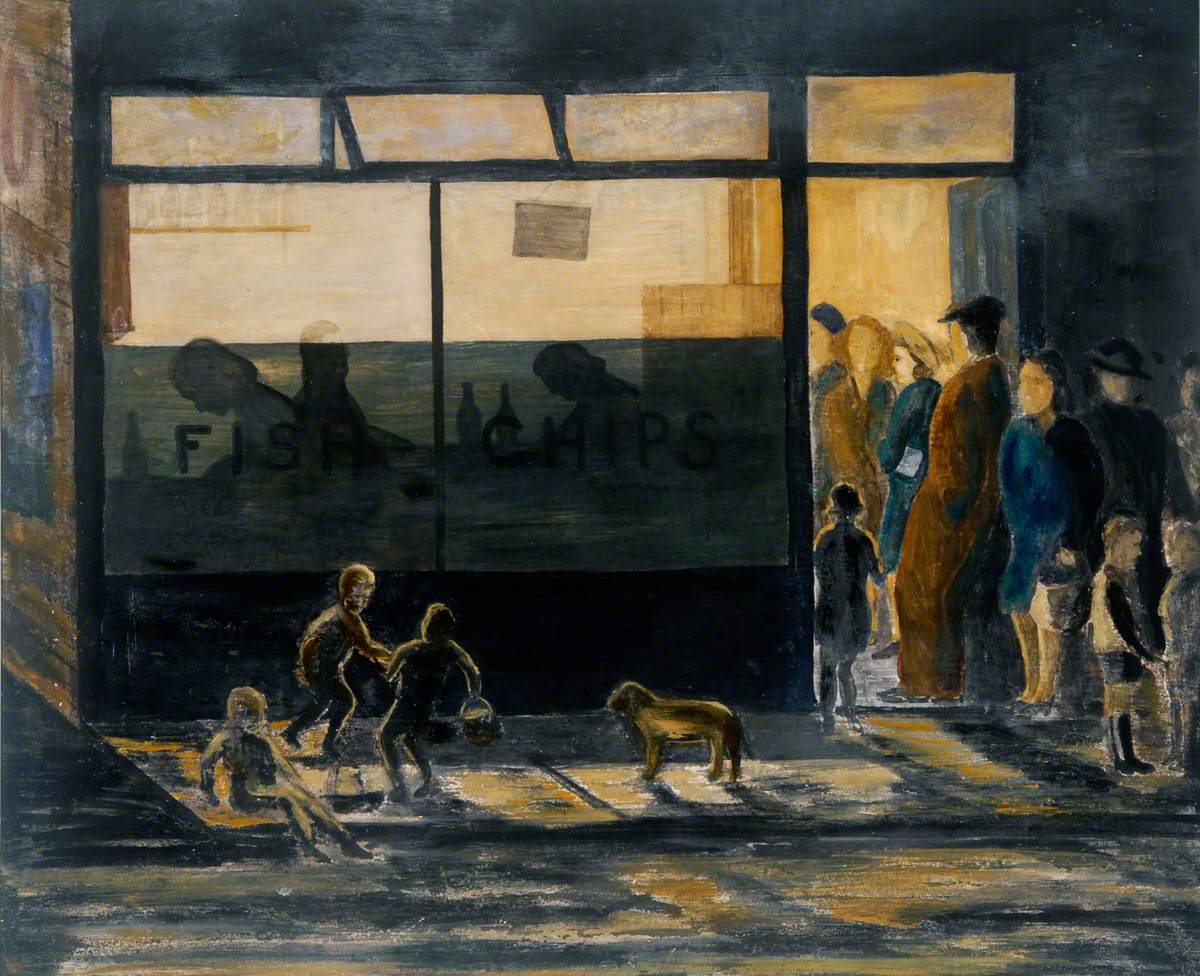
“Fish and Chips” | Fred Laidler (1918–1988)
Fish and Chips and the British Working Class, 1870-1930
“Fish and chips was in many ways the pioneer fast-food industry. It became an essential component of working-class diet and popular culture in parts of London, and over wide areas of industrial midland and northern England and southern Scotland, in the early decades of the twentieth century…I propose to argue that the fish and chip trade was not only important enough in itself to justify sustained historical analysis, but also that it provides a useful vantage point for examining important changes in British society more generally.”
— John Walken, 1998, Journal of Social History
Fire Alarm & Signaling Code

“Prometheus Bound” | Thomas Cole (1847)
NFPA 72 National Fire Alarm and Signaling Code is one of the core National Fire Protection Association titles widely incorporated by reference into public safety legislation. NFPA 72 competes with titles of “similar” scope — International Fire Code — developed by the International Code Council. We place air quotes around the word similar because there are gaps and overlaps depending upon whether or not each is adopted partially or whole cloth by the tens of thousands of jurisdictions that need both.
Our contact with NFPA 72 dates back to the early 2000’s when the original University of Michigan advocacy enterprise began challenging the prescriptive requirements for inspection, testing and maintenance (IT&M) in Chapter 14. There are hundreds of fire alarm shops, and thousands of licensed fire alarm technicians in the education facility industry and the managers of this cadre of experts needed leadership in supporting their lower #TotalCostofOwnership agenda with “code-writing and vote-getting”. There was no education industry trade association that was even interested, much less effective, in this space so we had to do “code writing and vote getting” ourselves (See ABOUT).
Code writing and vote getting means that you gather data, develop relationships with like minded user-interests, find agreement where you can, then write proposals and defend them at NFPA 72 technical committee meetings for 3 to 6 years. Prevailing in the Sturm und Drang of code development for 3 to 6 years should be within the means of business units of colleges and universities that have been in existence for 100’s of years. The real assets under the stewardship of these business units are among the most valuable real assets on earth.
Consider the standard of care for inspection, testing and maintenance. Our cross-cutting experience in over 100 standards suites allows us to say with some authority that, at best the IT&M tables of NFPA 72 Chapter 14 present easily enforceable criteria for IT&M of fire alarm and signaling systems. At worst, Chapter 14 is a solid example of market-making by incumbent interests as the US standards system allows. Many of the IT&M requirements can be modified for a reliability, or risk-informed centered maintenance program but fire and security shops in the education industry are afraid to apply performance standards because of risk exposure. This condition is made more difficult in large universities that have their own maintenance and enforcement staff. The technicians see opportunities to reduce IT&M frequencies — thereby saving costs for the academic unit facility managers — the enforcement/compliance/conformity/risk management professionals prohibit the application of performance standards. They want prescriptive standards for bright line criteria to make their work easier to measure.
While we have historically focused on Chapter 14 we have since expanded our interest into communication technologies within buildings since technicians and public safety personnel depend upon them. Content in Annex G — Guidelines for Emergency Communication Strategies for Buildings and Campuses — is a solid starting point and reflects of our presence when the guidance first appeared in the 2016 Edition. We shall start with a review of the most recent transcript of the NFPA Technical Committee on Testing and Maintenance of Fire Alarm and Signaling Systems
NFPA 72 First Draft Meeting (A2024)
Public Emergency Reporting Systems (SIG-PRS) First Draft
Public comment of the First Draft of the 2025 Edition is receivable until May 31, 2023. As always, we encourage direct participation in the NFPA process by workpoint experts with experience, data and even strong opinions about shortcomings and waste in this discipline. You may key in your proposals on the NFPA public input facility linked below:
You will need to set up a (free) NFPA TerraView account. Alternatively, you may join us any day at 11 AM US Eastern time or during our Prometheus or Radio colloquia. See our CALENDAR for the online meeting.
Issue: [15-213]
Category: Fire Safety & Security, #SmartCampus, Informatics
Colleagues: Mike Anthony, Joe DeRosier, Josh Elvove, Jim Harvey, Marcelo Hirschler
More
2013 NFPA 72 National Fire Alarm and Signaling Code (357 pages)
TIA-222 Standard For Towers And Antenna Supporting Structures
Oxford College Student Center
Emory University Facilities Management
💙 Atlanta quad, late winter. 💛
Photo by Emory College student Khushi Niyyar pic.twitter.com/pv3qiEngvM
— Emory University (@EmoryUniversity) February 19, 2024
What an incredible weekend for our swimming & diving teams! The women’s and men’s teams dominated at the UAA conference championships, with both bringing home their 25th consecutive conference titles! Women’s recap: https://t.co/ByXJDpa61F Men’s recap: https://t.co/GTPzPEHyOo pic.twitter.com/yT3UJME2Cd
— Emory University (@EmoryUniversity) February 19, 2024
“Midnight Train To Georgia” 1973 | written in his spare time by Jim Weatherly star football quarterback @OleMiss
https://t.co/Yj1iMkLZRK
print(“Lunch Hour 1600 UTC”)\n weekday(2)
print(“American Standard”)@SchoolofRockUSAhttps://t.co/yjhiCTCPoS pic.twitter.com/BfIE0wwjWz— Standards Michigan (@StandardsMich) October 25, 2023
Italian Baked Lasagna
Ingredients:
½ onion, chopped
2 (16-ounce) jars low-sodium spaghetti sauce
½ teaspoon salt
1 teaspoon Italian seasoning
1 package frozen spinach, thawed
2 eggs, beaten
2 cups low-fat, low sodium cottage cheese
1 pound no cook lasagna noodles
1 pound low-fat mozzarella cheese, grated
½ cup low-fat Parmesan cheese, grated
Cooking oil spray
Directions:
Preheat the oven to 350 degrees.
Spray skillet with cooking oil spray. Add the garlic and onion, cook until soft.
Add spaghetti sauce, salt, and Italian seasoning and mix well. Simmer on low heat for 15 minutes.
Squeeze all of the water out of the spinach.
In a separate bowl, combine eggs, spinach, and cottage cheese.
Spray a 9″ x 12″, deep sided baking pan with cooking oil spray. Arrange a layer of noodles across bottom of the pan.
Add a layer of spaghetti sauce, cottage cheese mixture, and mozzarella cheese.
Add a second layer of pasta, the sauce, and cheese mixture. Repeat until pan is almost full.
Add one more layer of noodles and top with more spaghetti sauce. Sprinkle with parmesan cheese.
Bake at 350 degrees for 40 to 45 minutes, or until the cheese is bubbly. Allow to set for 5 to 10 minutes before cutting into portions.
Solar Energy in Cold Climates
IEEE Explore: Michigan Regional Test Center
More:
Question: How many households can be supplied with 1 megawatt of power and how large would the solar panel be?
The number of square meters of solar panels required to generate 1 megawatt (MW) of power depends on several factors, including the efficiency of the solar panels, the amount of sunlight available in the location where the solar panels are installed, and the specific technology used.
On average, solar panels have a conversion efficiency of about 15-20%, which means that for every square meter of solar panel area, you can expect to generate between 150 and 200 watts of power in direct sunlight.
So, to generate 1 MW of power, you would need between 5,000 and 6,667 square meters of solar panels (assuming an average efficiency of 17.5%).
There are 2.58999 square meters in one square mile.
To convert 6,667 square meters to square miles, we can divide 6,667 by 2,589.99:
6,667 sq meters / 2,589.99 sq meters/sq mile = 2.572 square miles (rounded to three decimal places).
Answer: Therefore 2.572 square miles of solar panels are required to supply 9345 household of power for 1 hour.
The number of households that can be supplied by 1 megawatt of power depends on a variety of factors, including the amount of electricity each household consumes, the time of day, and the season.
However, as a rough estimate, the US Energy Information Administration (EIA) reports that in 2020, the average US household consumed about 9,369 kilowatt-hours (kWh) of electricity per year, which is equivalent to an average of 0.107 MW of power.
Based on this average, 1 MW of power could supply approximately 9,345 households (1,000,000 watts / 0.107 MW per household) with electricity for one hour, assuming that all households are consuming the average amount of electricity.
Again, this is a rough estimate, and the actual number of households that can be supplied by 1 MW will depend on various factors such as the region, the time of day, and the actual energy consumption of each household.
Discussion: A typical residential lot is one-half acre. Rounding 9345 households to 10,000 households; the households themselves have a footprint of 7.8125 square miles; with 1/3rd of the 2.572 square miles for 1 megawatt taken up by the panels.
New update alert! The 2022 update to the Trademark Assignment Dataset is now available online. Find 1.29 million trademark assignments, involving 2.28 million unique trademark properties issued by the USPTO between March 1952 and January 2023: https://t.co/njrDAbSpwB pic.twitter.com/GkAXrHoQ9T
— USPTO (@uspto) July 13, 2023
Standards Michigan Group, LLC
2723 South State Street | Suite 150
Ann Arbor, MI 48104 USA
888-746-3670






